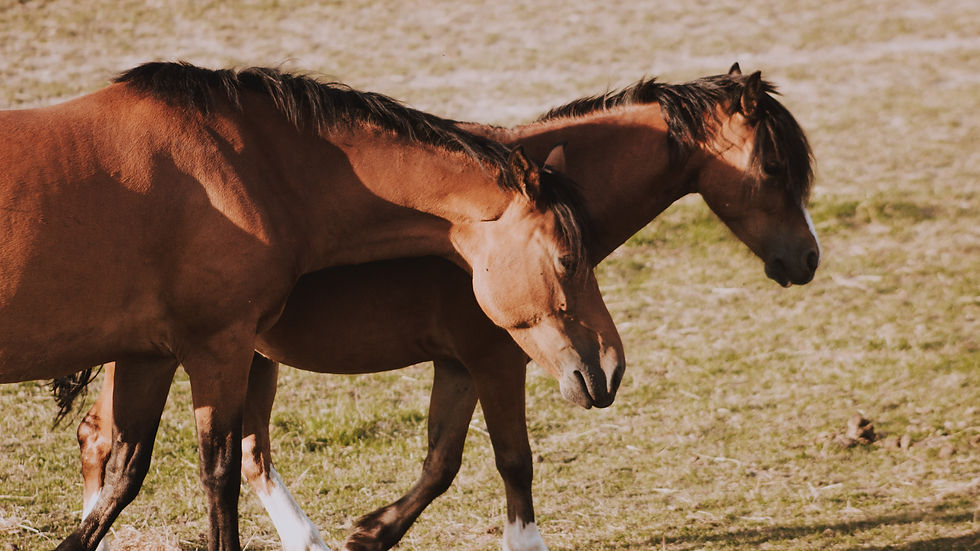
Horse safety once again came to mind whilst I was out feeding this morning. I feed the horses in their stalls to be sure that they all get their allotment of food, different amounts for different horses to maintain weight, be sure they all get what they need, keep the pushier horses from eating more than what they need, etc. It usually proceeds in an orderly fashion as each goes to their stall and waits to be let in. Not so this morning. In fact, it became a safety issue at one point when three of them came running directly at me. I threw up my hands and yelled diverting them away from me. In this particular instance I stopped the feeding process and went on to cleaning and left these bad actors to contemplate consequences. I am not sure why but making them wait for food goes a long way in getting them to tone down the negative antics.
I did not grow up with horses and am continually learning with them. In the previous blog I brought up awareness, a strong awareness a well as knowledge of equine behavior. Especially so when they are living as a herd. In a wild horse herd there is a lead mare that makes decisions for the other horses and a band stallion that also does. Other horses in the herd take direction from the lead mare and the band stallion. In my observations of the horses I tend to every day I have noticed that Murphy, my 16.2 hh Appendix Quarter Horse, is in charge. Mostly. He has size, intelligence and the other equines do not challenge him. Except for the smallest mare. Roxie, a rescued mustang, does. She is the only horse that can make him move off his food. However, Lil Joe, Ruby, Katy Scarlet and Cordelia, higher status than her apparently because she moves off if they come around. Then Murphy reappears and moves them. On and on it goes!
Awareness of this helps with my interactions with them. Knowing their status with one another makes me aware of how to stay safe when I am in their midst. Through training I have a connection with Murphy that has given me status with him, for lack of a better term. I have not terrified him into submission but have learned how to direct his movements when I am with him on or off the lead and believe there is true partnership with him. He is my BFFH. This is true with the other horses to include the mustangs that are still not handleable.
I have learned which horse is of lowest status in Murphy’s opinion (not mine) and pay attention if I am opening a corral door or haltering this horse. Easily in his fear to avoid confrontation with Murphy I could be collateral damage. This horse, Marquis, an older Arab, is very anxious and I make sure that he is calm before interaction if Murphy is there. I make sure that Marquis has access to his food by where I feed him, having him eat in a place where he cannot be bothered even through the bars of the stall.
Another instance occurred between two different horses once when I was out cleaning. Matilda, a 2 year old mustang mare, was “trapped” between me, the wheel barrow and Lil Joe. It could have worked out badly for me but instead of running over me Matilda went over the wheel barrow. This had happened once with Emmett as well. Again, awareness was key as well as understanding the behavior that can come from the herd hierarchy.
I learned through training how to be safe with Murphy, my first horse, on the ground and then under saddle. I have also read about horse behavior in addition to asking questions of professionals in the horse industry. Again, awareness is key.

Comentários